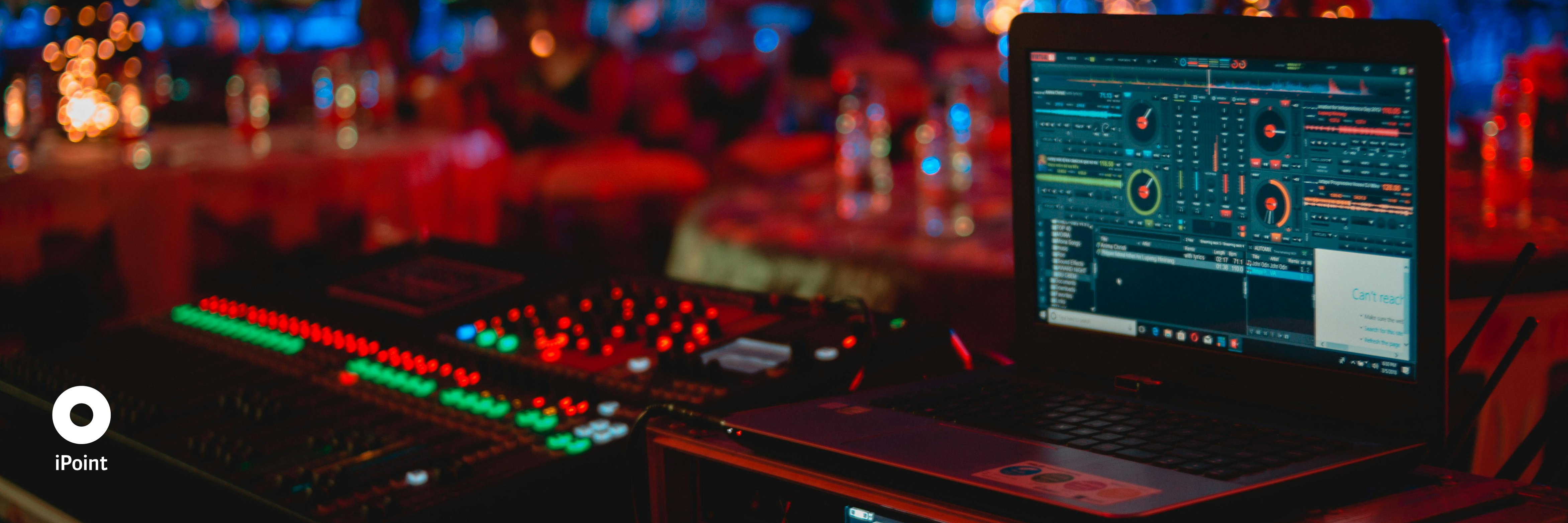Following publication of the environmental management standard ISO 14001:2015 on September 15, 2015, the transition period for replacing the old ISO 14001:2004 version expires on September 15, 2018. From this moment onward, all certificates issued in compliance with ISO 14001:2004 will no longer be valid. Consequently, many companies have realized that they need to start getting to grips with the revised requirements straight away and to prepare themselves for their implementation and the new certification regime.
ISO 14001 is one of the world’s most widely used ISO standards
ISO 14001 is one of the world’s most widely used ISO standards: By 2015, some 320,000 organizations around the world had gained certification in accordance with this standard, almost 120,000 of them being located in Europe.
According to the latest revision of the standard, companies need to demonstrate that they have improved their environmental credentials by committing to a comprehensive system of indicators. Measurement of an organization’s environmental performance also includes the acquisition, transportation, packaging and final disposal or re-use of materials and examines the fundamental risks and opportunities that arise from compliance commitments.
In future, top management is to assume greater responsibility for the effectiveness and integration of their organization’s environmental management system. The environmental impacts of products, systems, and services across the entire life cycle perspective, including outsourced processes, must be taken into account during planning and implementation as well as in stakeholder communication.
While this inclusion of the life cycle perspective does not currently require a detailed life cycle assessment (Annex to ISO 14001 A6.1.2), it does however greatly help toward the pursuit of closed-loop supply chains and the implementation of a Circular Economy.
Challenges of the life cycle
Organizations and companies need to conduct due diligence concerning the various life cycle stages they can control or influence. Typical stages of a product life cycle include acquisition of raw materials and primary products, design, production, delivery, use or operation, reverse logistics, as well as recycling or final disposal. The life cycle stages vary depending on the type of product, system, or service.
The requirements derived from the life cycle perspective consequently involve an obligation to assess the environmental impacts in the individual product life cycle stages on the one hand and to exhaust the possibilities for control measures to be taken by the organization or company on the other.
The holistic solution portfolio of iPoint, which focuses primarily on the complete product life cycle, is ideally suited to helping you include and implement the life cycle perspective and the newly revised ISO 14001:2015 standard.




